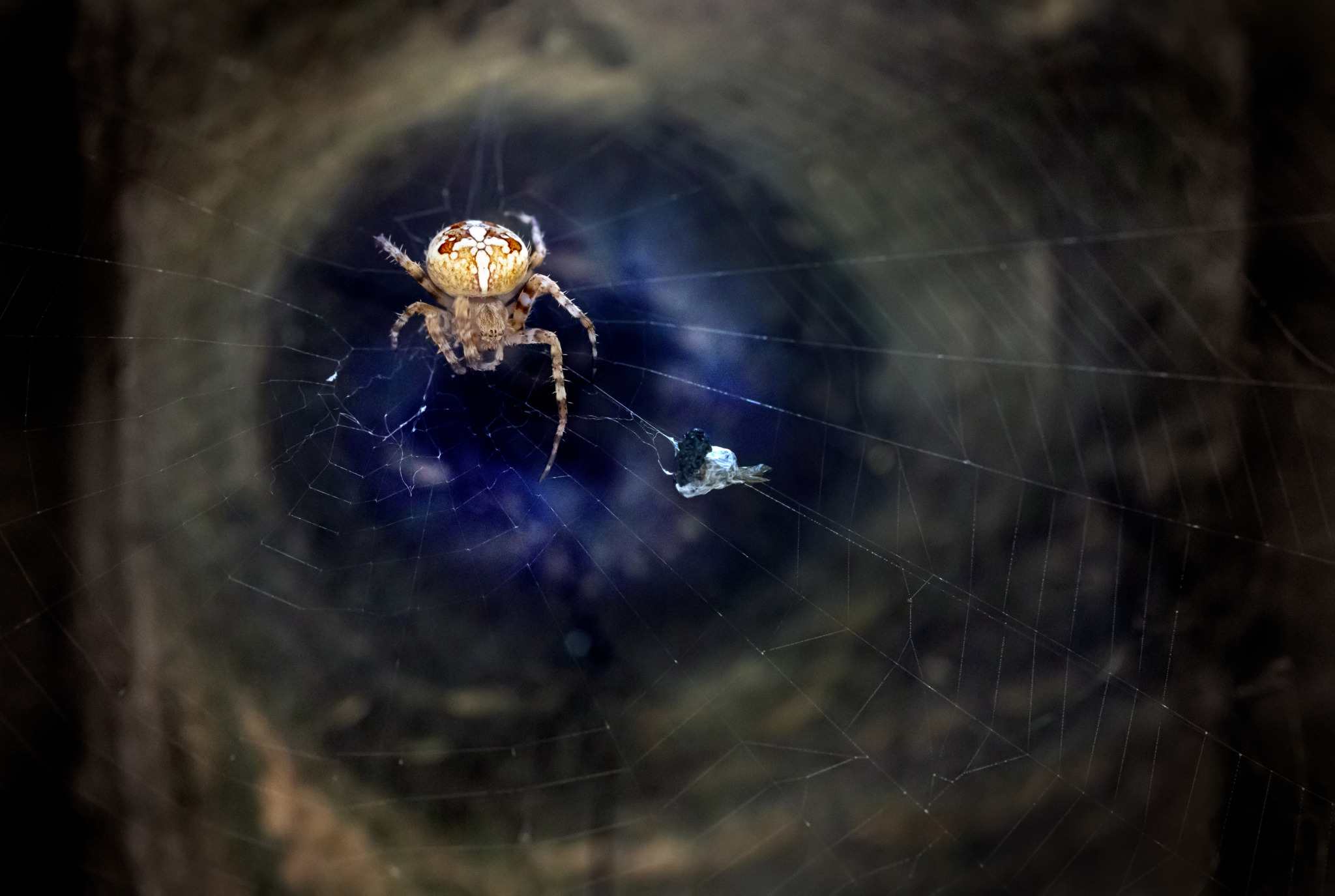Advertisements
The European Garden Spider (Araneus diadematus), also known as the Cross Orb-weaver, is a common and widespread orb-weaving spider found throughout Europe and parts of North America. Here’s some information about this fascinating arachnid:
- Appearance: The European Garden Spider has a distinctive appearance with a rounded abdomen marked with a cross-like pattern on its dorsal side, giving rise to its alternative name, the Cross Orb-weaver. The abdomen is typically brown or reddish-brown, sometimes with yellow or white markings. The spider’s legs are banded with alternating light and dark segments. Females are larger than males, with body lengths ranging from 6 to 20 millimeters, while males are smaller, typically 5 to 13 millimeters in length.
- Habitat: As its name suggests, the European Garden Spider is commonly found in gardens, parks, meadows, and other grassy areas. They build their orb-shaped webs in open spaces between plants, bushes, or trees, where they can easily capture flying insects.
- Web-building: European Garden Spiders are renowned for their intricate orb webs, which they construct to capture prey. These webs consist of a series of radial threads connected by spiral threads, forming a circular shape. The spider waits at the center of the web, monitoring vibrations transmitted through the silk strands, and quickly responds to ensnare prey that becomes caught in the sticky threads.
- Diet: European Garden Spiders primarily feed on flying insects, such as flies, mosquitoes, moths, and beetles, which they capture in their webs. Once prey is caught, the spider immobilizes it by wrapping it in silk and delivers a venomous bite to subdue it before consuming it.
- Reproduction: Mating in European Garden Spiders typically occurs in late summer or early autumn. After mating, females produce egg sacs containing hundreds of eggs, which are wrapped in silk and attached to nearby vegetation. The eggs hatch in spring, and the spiderlings disperse to build their own webs and begin hunting for prey.
- Ecological Importance: European Garden Spiders play an important role in controlling insect populations, particularly flying insects that can be pests to humans and crops. By capturing and consuming insects in their webs, these spiders help maintain ecological balance and contribute to pest management in natural and cultivated areas.
- Conservation: European Garden Spiders are not considered threatened or endangered, as they are adaptable and have a wide distribution range. However, like many spider species, they may face threats from habitat loss, pesticide use, and climate change, which can impact their populations and ecological role.
Overall, the European Garden Spider is a fascinating and beneficial species, admired for its intricate web-building abilities and important role in controlling insect pests. Observing these spiders in gardens and natural areas can provide insight into their behavior and ecological significance.
Visited 177 times, 21 visit(s) today
Views: 322
Subscribe to the newsletter:
